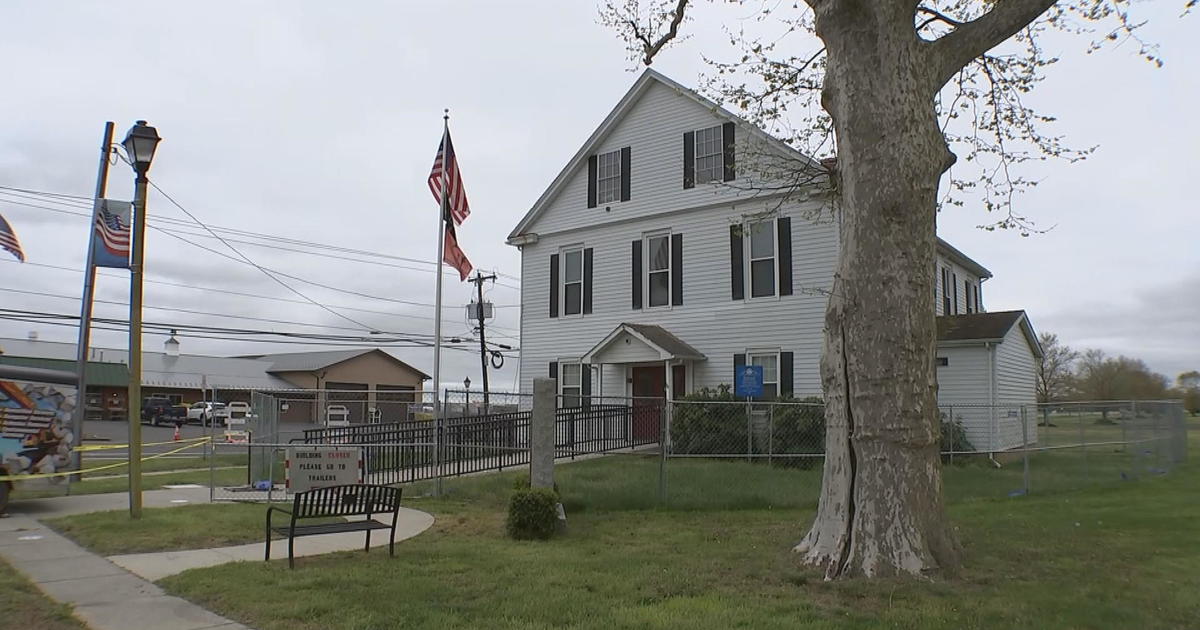Angie's List: Aging In Place
By Jim Donovan
PHILADELPHIA (CBS) - More and more seniors are deciding to live at home longer than they have in the past. But often that decision requires some work around the house to make sure it's safe.
In this week's Angie's List report, Jim Donovan takes a look at a growing trend in home renovations aimed at meeting the needs of seniors.
Frank Einterz has lived in his home for 30 years but after having a stroke, getting around wasn't as easy. He and his wife Cora knew they needed to do something.
"So we decided to renovate the house," said Cora Einterz.
They hired a Certified Aging-in-Place Specialist.
"A Certified Aging-in-Place Specialist is an expert in getting your home ready for a senior to live in. They understand exactly
what needs to be done to make the home safe," said Angie's List founder, Angie Hicks.
But you don't have to wait till you're a senior to consider making changes.
"Even if you're in your 40's or 50's and are considering doing some remodeling, you might want to consider some elements that might make it more friendly for you as you age," said Hicks.
So what do aging in place specialists focus on?
"We do a lot of bathroom modifications. But it can run the gamut from - there's front entrances, making sure that the lighting is sufficient in a home; the steps - that you've got handrails going up and down the steps. Depending on the person's capabilities or mobility issues, maybe ramps that can be required. There may be stair lifts that can be required. Things that help them get around the home safer," said
You can spend anywhere from several hundred dollars to tens of thousands of dollars on these modifications.
More from Angie:
What is a Certified Aging in Place Specialist?
Millions of seniors are supporting a growing niche of contractors who specialize in addressing the needs of aging homeowners, as well as those with special needs. Certified Aging in Place Specialists (CAPS) are specially trained through the National
Association of Home Builders (NAHB) to work with senior citizens and those needing specific modifications by proactively addressing safety and accessibility issues in the home.
Remodeling to age in place can include:
· Installing grab bars;
· Widening doorways to accommodate a walker/wheelchair;
· Eliminating steps or curbs from entryways;
· Replacing slippery floor materials;
· Installing pull-out kitchen cabinets;
· Replacement of traditional bathtubs with walk-in shower/tub;
· Installation of vanities to allow wheelchair room; and
· A dishwasher that minimizes the need to bend
Angie's List Tips: Hiring a Remodeling Contractor
Talk to a Certified Aging in Place Specialist (CAPS):
Its important homeowners who do need to make special modifications find a company with the training and know-how to identify the best changes to make. A CAPS · contractor is trained to evaluate your specific needs and offer recommendations to make your home safe and functional.
· Communicate your ideas: Explain what modifications you want done to your home. Even rough ideas on paper are better than nothing at all.
· What are the costs? Aging-in-place project costs can range from a few hundred dollars to tens of thousands of dollars. Cost can vary depending on the scope of the project and quality of products used. If you anticipate being in your home at least 5 or 10 years, the cost of modifying may be lower compared to the cost of moving into an assisted living facility - explore all your options before deciding whether to move or remodel.
· Be proactive, not reactive: Before the need arises is the best time to consider aging-in-place design. For any remodeling project, it is a good idea to look at what changes can be put in place now that will support aging-in-place, even if you are years away from needing it.



